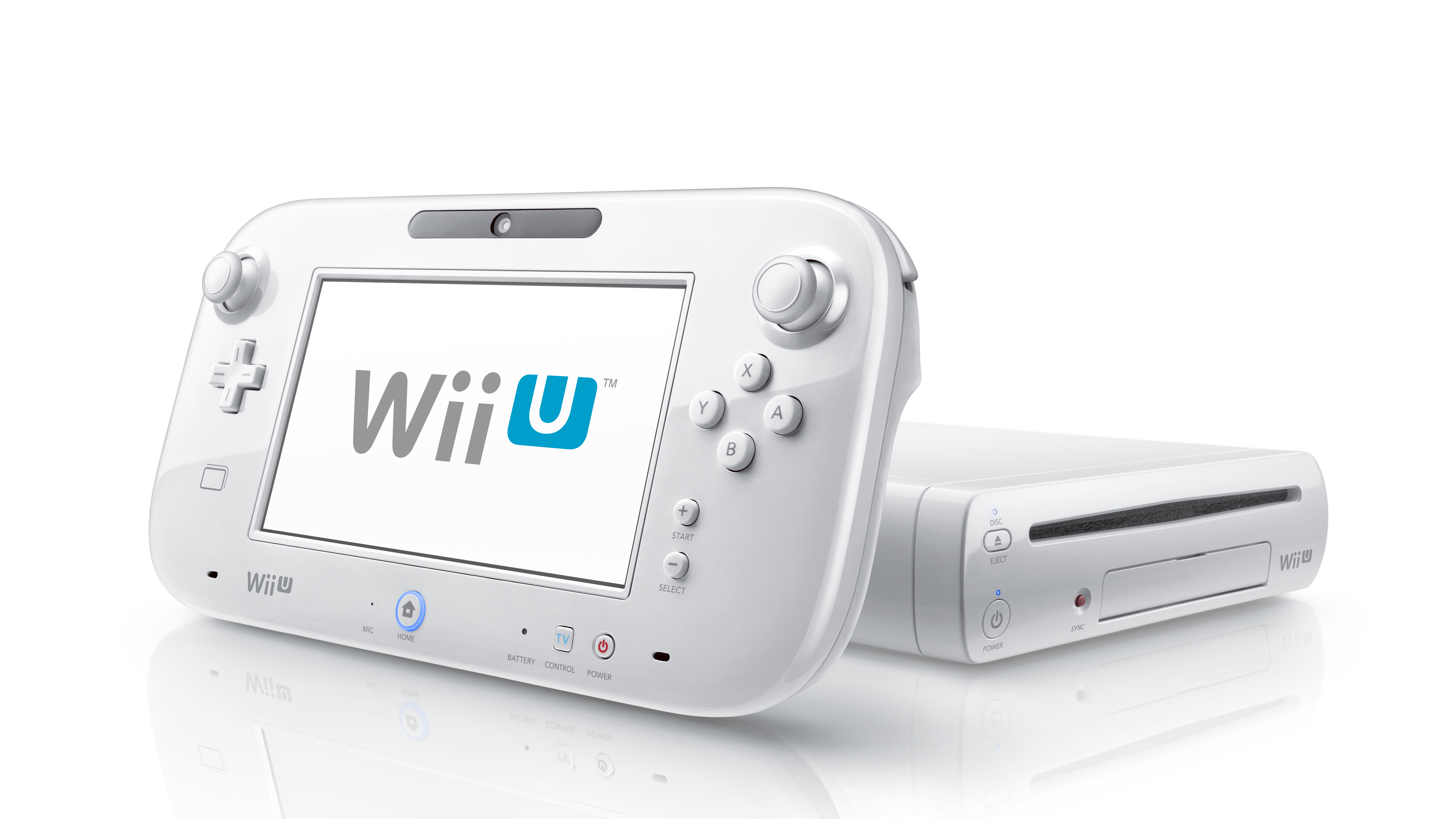Why you can trust TechRadar
The Wii U is initially available in two distinct packages. On the lower end is the Basic Set, which includes a white Wii U console with 8GB of internal flash storage, a white GamePad, separate AC adapters for the console and controller, an HDMI cable, and a sensor bar for Wii Remotes. The Basic Set is sold for $299.
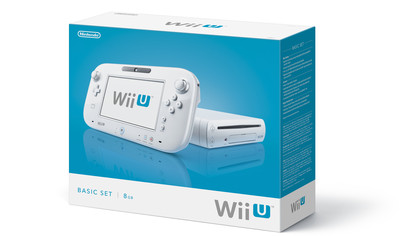
For $50 more, the Deluxe Set serves up a black console and GamePad, the former offering 32GB of internal flash storage, and in addition to all of the accessories from the Basic Set, the bundle also features a charging cradle for the GamePad, as well as simple stands for both the GamePad and console.
The Deluxe Set also includes a boxed copy of mini-game collection Nintendo Land, which sells separately for $60, and owners earn points on digital purchases that yield credit to use towards additional purchases. All of that for $349.
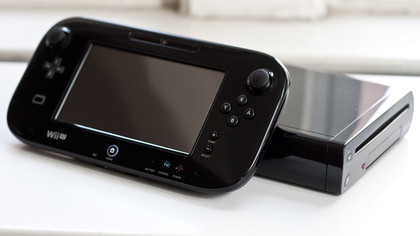
It's extremely difficult to recommend the Basic Set by comparison. Even for those uninterested in Nintendo Land, which serves as a smart tutorial for the system's various features, the huge increase in storage makes it an essential purchase – especially since only 3GB of the Basic Set's storage is usable for games, compared to 29GB on the Deluxe console.
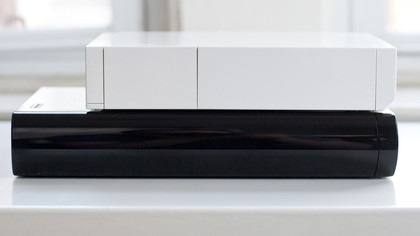
The Wii U console itself looks somewhat similar to the original Wii in general build, yet features rounded edges and is notably longer – it measures 10.6 inches long and 6.75 inches wide, with a height of just 1.8 inches. While it reads and plays older Wii games on standard DVDs, the Wii U's native games run on new 25GB optical discs. GameCube discs will not run on the Wii U.
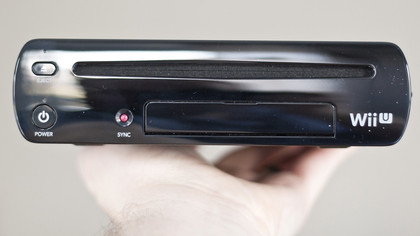
On the front of the system, you'll find power and eject buttons, each augmented by a small light. The white light by the eject button illuminates when a disc is in the system, while the power light changes from red to blue when the system is turned on. Below the disc slot is a hidden compartment with two USB ports and an SD Card slot for added storage.

Flip the system around and you'll find two more USB ports on the right, along with ports on the left for the HDMI cable, other types of AV outputs, power cable, and Wii sensor bar. External hard drives up to 2TB in size can be plugged into the system, though any hard drive will be formatted to work with the Wii U and cannot be used with other devices.
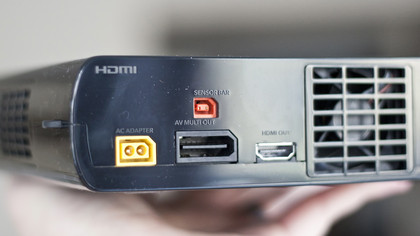
Out of the box, the Wii U only supports Wi-Fi (892.11b/g/n) connections, though a Wii LAN Adapter connected to a USB port can be used for wired Ethernet lines.
Nintendo hardware has a long history of being physically well built and reliable, and from our initial testing of the Wii U, we don't expect that to change. It seems sturdily assembled, though the glossy black plastic of the Pro unit is seriously prone to dust, fingerprints, and visible scratches.
